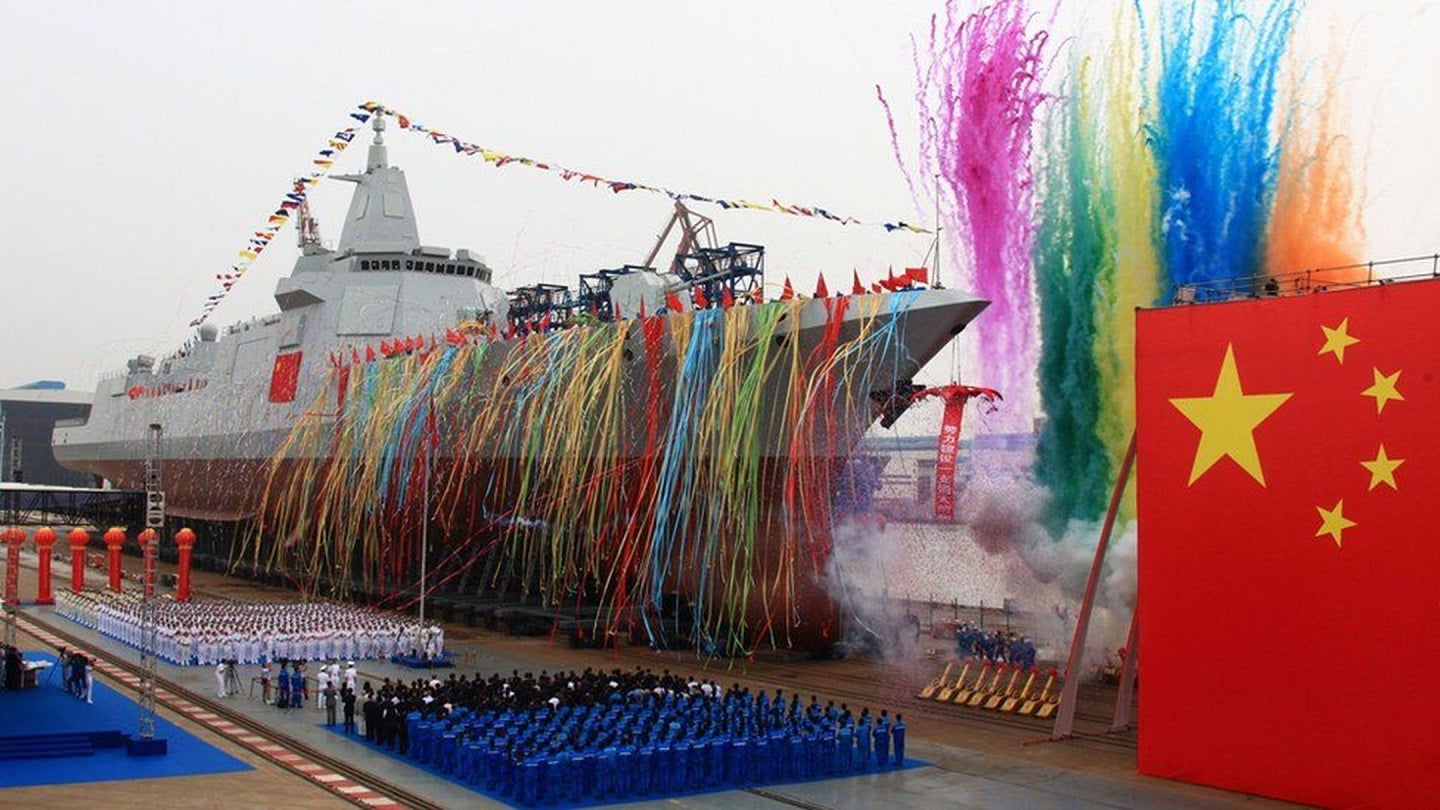
Amid rising tensions in the highly contested South China Sea and Indo-Pacific region, China’s expenditure on destroyers is expected to grow at a CAGR of 5.2% between 2023 and 2033, according to a new report by GlobalData.
China’s sovereignty claims over the South China Sea have increased regional tensions, with competing claimants such as Brunei, Indonesia, Malaysia, the Philippines, Taiwan and Vietnam. The US has also favoured some of these countries, leading China to build advanced combat capabilities to counter the US Navy’s aerial and naval assets.
This has resulted in China’s expenditure on destroyers set to witness a compound annual growth rate of 5.2% between 2023 and 2033, forecasts GlobalData, a leading data and analytics company.
US-China relations and naval activities
GlobalData’s latest report, Naval Vessels and Surface Combatants Market Size and Trend Analysis by Segments, Programs, Competitive Landscape and Forecast to 2033, reveals that China is expected to spend around $17.7bn (126.62bn yuan) on destroyers during the forecast period.
China’s relationship with the US has deteriorated as both sides have stepped up naval activities in the region. As a result, more confrontational incidents have spiked between the two countries.
Following recent close encounters between US and Chinese military aircraft, both sides need to find ways to restore military-to-military communications, which were suspended last year. The restoration of military-to-military communications was one of the key agreement points reached after President Biden and President Xi Jinping met in San Francisco last week.
However, as the presidents of both sides met to normalise their ties, China continued to carry out maritime drills in the South China Sea using its most advanced naval assets such as Type-055 destroyers. This indicates that any near-term thawing of the relationship between the two countries is unlikely.
According to GlobalData’s China Defense Market 2023–2028 report, China’s new class of large destroyer, the Renhai-class or Type 055, reportedly displaces between 12,000 and 13,000 tons (t).
By way of comparison, the US Navy’s Ticonderoga-class (CG-47) cruisers and Arleigh Burke-class (DDG-51) destroyers displace about 10,100t and 9,700t, respectively, while the US Navy’s three Zumwalt-class (DDG1000) destroyers displace approximately 15,700t.
Escalating tensions and the call for diplomacy
Akash Pratim Debbarma, aerospace defence analyst at GlobalData, comments: “Even though the exercise was termed a regular affair and was aimed at improving the preparedness level of the PLA [People’s Liberation Army], such a display of combat capabilities will surely distress the other countries in the region.
“Also, holding a drill amid peace talks will certainly not send the correct signal. It is too early to say if both countries will be able to establish an effective military-to-military communication channel, but the US’ first move to clear tensions between the two sides does indicate the mature intention of the West to maintain peace and harmony in the region through diplomacy and dialogue.”
The PLA recently launched the seventh Type-055 large destroyer, also named Zunyi, a capability to safeguard China’s territorial claims and maintain sovereignty and security in the region. Amidst the tension in the area, PLA conducts air defence and sea assault exercises, showcasing its new destroyer’s combat and operational effectiveness.
As tensions continue escalating in the South China Sea and Indo-Pacific region, China’s expenditure on destroyers is set to grow steadily. The situation highlights the need for both the US and China to find ways to restore military-to-military communications and establish communication channels to maintain peace and stability in the region.




